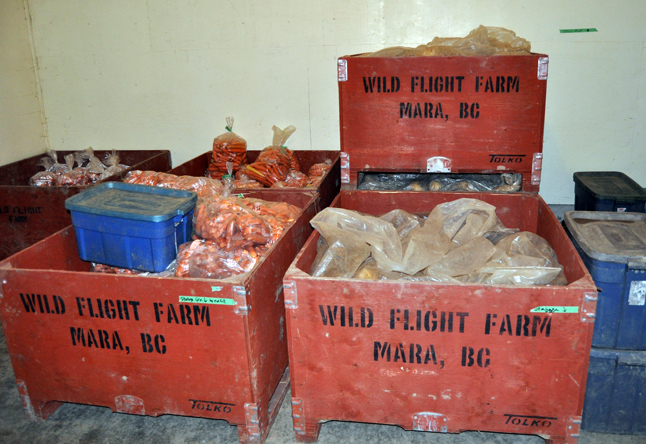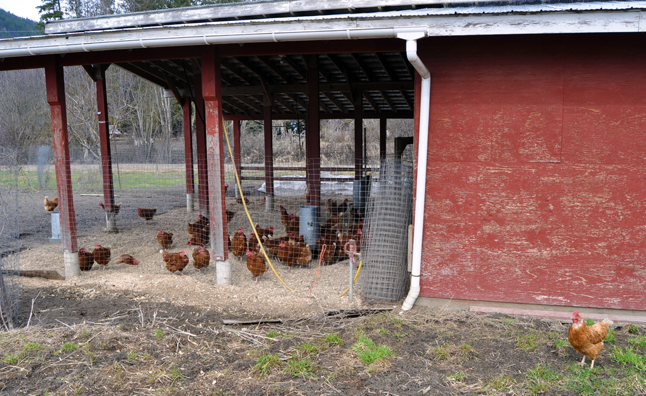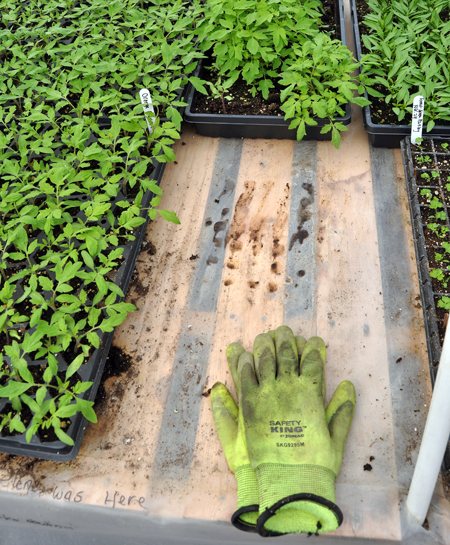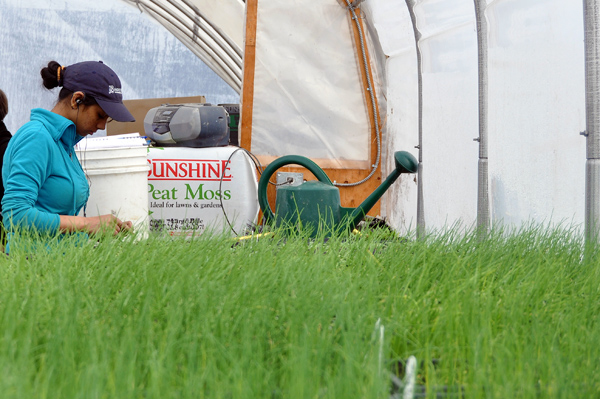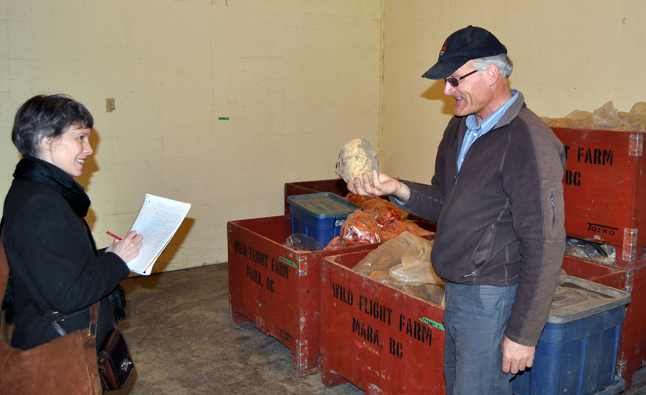
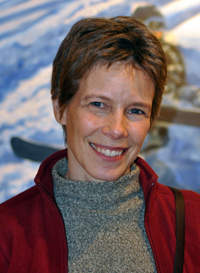
A century ago, many houses had root cellars, a room – usually dug into the ground – that would store root vegetables from the garden. The surrounding earth kept the room at a cool and fairly consistent temperature throughout the year, allowing properly-stored carrots, potatoes, squash and cabbage, picked in late autumn, to be enjoyed in the spring. That, along with canning and drying, allowed many people to survive the winter.
For Hermann Bruns, co-owner of Wild Flight Farm in Mara (south-west of Sicamous), storage of root vegetables is the “real season extension tool,” allowing people to live from their gardens throughout the winter. And it is the strategy that is “more doable for most people” than the late- or early-season gardening described in the second of this three-part series.
If people really want to eat locally then “cabbage should be part of every meal,” Hermann said. Cabbage is “the storable version of our lettuce” and “should be the basis of our salads in the winter.”
Many cultures still eat this way, especially in Eastern Europe where root vegetables and pickled vegetables are important parts of the winter diet.
At the biweekly Revelstoke Winter Market, Hermann introduces customers to a variety of root vegetables at his popular organic vegetable stand. Some, like rutabaga, celeriac and watermelon radish, may be unfamiliar so Hermann’s wife and farm co-owner, Louise, has created a newsletter with recipes to encourage people to try them.
Storing fruits and vegetables for sale in the winter is not as simple as having one root cellar. “A root cellar is limited,” Hermann said. “It won’t keep things as long as a refrigerated room.” Individuals may tolerate vegetables from their gardens that are past their prime but a commercial operation needs high-quality vegetables year-round.
Different vegetables have different storage needs, Hermann explains. One large refrigerated room is kept at 0° C and contained only carrots, rutabagas, celeriac and watermelon radish. “These vegetables are actually alive,” Hermann said. “If I cut a rutabaga, it will heal itself. If I plant it, it will grow.” (The first year it will grow seeds which can then be planted the following year to grow the vegetable).
In total, the Bruns have five rooms for different fruits and vegetables. Potatoes and cabbages are kept in a room at about five degrees; squash needs to be warm and dry – kept at 10° to 13° C; and garlic and onions need to be cool and dry – Hermann has a fan running constantly in that room to maintain the dryness. Apples and pears are stored separately in another cold room as the ethylene that apples exude causes carrots to go bitter and ages other fruits and vegetables.

At a time when there is increasing interest in eating locally, producing our own food and reducing our carbon footprint, people like Hermann and Louise Bruns of Wild Flight Farm and Terra Park and Robert Jay of Terra Firma Farms in Revelstoke can be valuable mentors. But there are many mentors amongst us. Scattered around our neighbourhoods are, often older, residents with beautiful gardens and the willingness to share their knowledge and experience and senior residents with the knowledge of food preservation.
There will be plenty of opportunities around Revelstoke to learn about gardening and food preservation. The North Columbia Environmental Society (NCES) continues to run the Revelstoke Downtown Community Garden by the United Church and 18 plots are still available. Residents can pick up applications at Valhalla Pure, Mountain Goodness Natural foods and at revelstokecommunitygarden@gmail.com.
NCES and the United Church will also introduce a new program this summer that will allow seniors with knowledge of food preservation to teach younger residents.
And the NCES will host a Garden Guru series of workshops, the first of which is “Bees and Seeds: A Bee Workshop and Seed Exchange,” to be held on April 16. For more information about that workshop call Hailey Ross at 250.837.5091 or email haileysross@gmail.com.
This is the final article in a three-part series on the popular Wild Flight Farm that sells fresh, organic produce at the markets in Revelstoke. For more information on Wild Flight Farm and to subscribe to their e-newsletter, click here.
Please click here to read the first article in this series.
Please click here to read the second article in this series.
Here are some additional photos of Wild Flight Farm:
